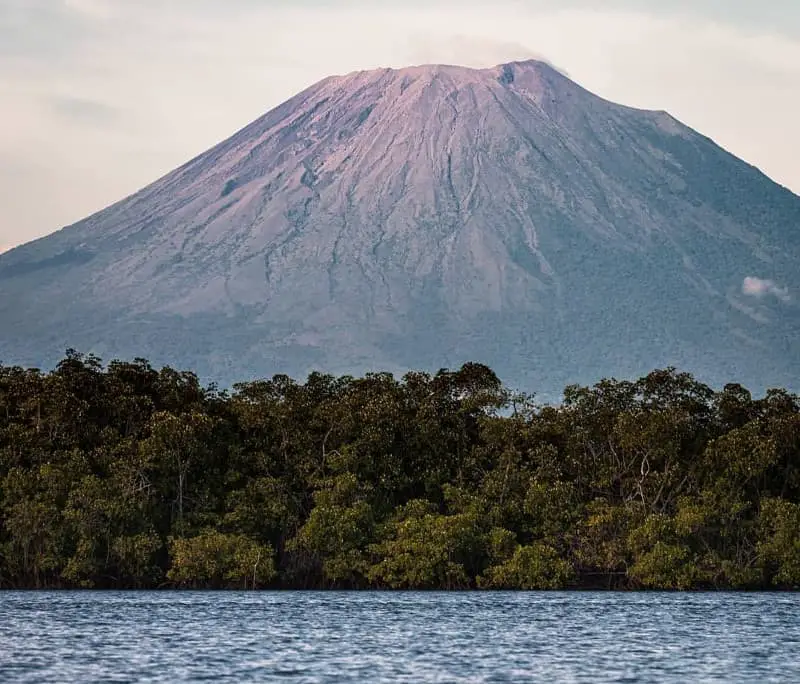
El Salvador’s Must-See Sights
El Salvador is a land of volcanoes and jungle where all the inhabitants speak Spanish. The ancient Maya built their civilization here, and every year archaeologists continue to find valuable evidence of their life. Salvadorans themselves are carefully preserving their nature and the traditions of the Indian tribes.
Who goes to El Salvador and Why
El Salvador is valued for its deep past – mainly the ancient civilization of the Indians, which left behind cities, villages, and pyramids. Lovers of antiquity, Indian culture, and customs will have the opportunity to experience it all up close. History students will find it especially interesting to visit this country. And if you’re worried that you won’t have time to fulfill some of your student assignments during your travels, this company will help with them.
National parks, nature reserves, volcanoes, and lakes offer visitors a variety of animals, birds, and plants of Central America. And snorkelers will find scuba diving fun to their liking along the 150-kilometer-long Pacific Coast.
Volcano San Miguel
A volcano over 2 km high is located in eastern El Salvador and is the third highest volcano in the country. Its local name is Chaparrestic. The city of San Miguel lies at the foot of the mountain, famous for its criminal gangs.
San Miguel is classified as an active volcano, as 26 eruptions have been recorded in the last three hundred years of observation. The strongest of them occurred in 1787, and the last time the volcano woke up in 2013. The government does not recommend tourists approach the top of San Miguel, but there are hiking trails at the foot of the mountain.
Guidga Lake
Lago de Gija was formed by a volcanic eruption in the 5th century AD. Scientists believe that the lake was created by a volcanic lava flow that blocked the course of the Ostua. As a result, the river, which originated on the territory of Guatemala, flooded the valley and created a lake of 45 square kilometers.
Local legend says that the ruins of an ancient indigenous city lie at the bottom of the lake, but so far no evidence of this has been found.
Fonseca Bay
Fonseca is located along the shores of three South American countries and is 3,200 km long. In 1522 the water area was discovered by the Spanish conquistador traveler Gil Gonzalez de Avila, dedicating the find to Christopher Columbus’s chief enemy, Archbishop Juan Fonseka.
The territoriality of the bay was disputed until the end of the last century. Thanks to the intervention of the International Court of Justice, the bay was finally divided between El Salvador, Nicaragua, and Honduras. By the way, there are two volcanoes on its shores – Conchagua and Cosiguina.
The beach of Los Cabanos
The most visited beach by tourists is located in the western part of El Salvador. There is also a long colorful reef, which is why the place is so popular among diving enthusiasts. The length of the reef is as much as 157 km. Also under the water are the remains of sunken ships.
A picturesque beach of volcanic origin with white sand and stones is amazing. On its territory, there is a turtle nursery. Tourists here watch the tiny turtles that go to the ocean for the first time.
Koatepeke Caldera
Lake Coatepeque is a picturesque water mirror surrounded by wooded hills in western El Salvador. The volcanic caldera was formed after a series of eruptions. To this day, the volcano remains active, though it is considered dormant.
In the southwest corner of the lake is the island of Teopan, once a sacred Mayan site. Further southwest is the Cerro Verde National Park. The towering volcano Santa Ana and the conical volcano Izalco offer panoramic views of the lake.
Coatepeque is recognized as the largest lake in El Salvador. Its area is 26 km2. Tourists conquer its rocky shores or opt for a leisurely boat ride.
Cerro Verde National Park
Cerro Verde is part of the Los Vulcanes-Salvador National Park. The park itself is the crater of an extinct volcano 2 km above sea level. It is so eroded by the time that it is easy to mistake its edges for a green hill. More than 125 different species of trees have been recorded in the misty forests of the park.
Many species of marsh plants, orchids, grasses, and agaves grow in Cerro Verde. Fauna is represented by coyotes, foxes, deer, rare birds, and reptiles. Animals and birds are cared for, watched, and, of course, shown to tourists.
Tasumal
An archaeological monument was discovered in the town of Calcuape. Stanley Boggs began excavations here in 1940 – thanks to the work of the professor, tourists can now get a complete picture of what the daily life of the Maya civilization looked like.
According to archaeologists, Tasumal was founded in 5000 BC. Its name in translation means “the pyramid where the victims were burned.” The artifacts found here give reason to consider Tasumal a center of trade. There are ruins of tombs, palaces, and ritual objects on its territory. It is the largest of its kind preserved in El Salvador.
